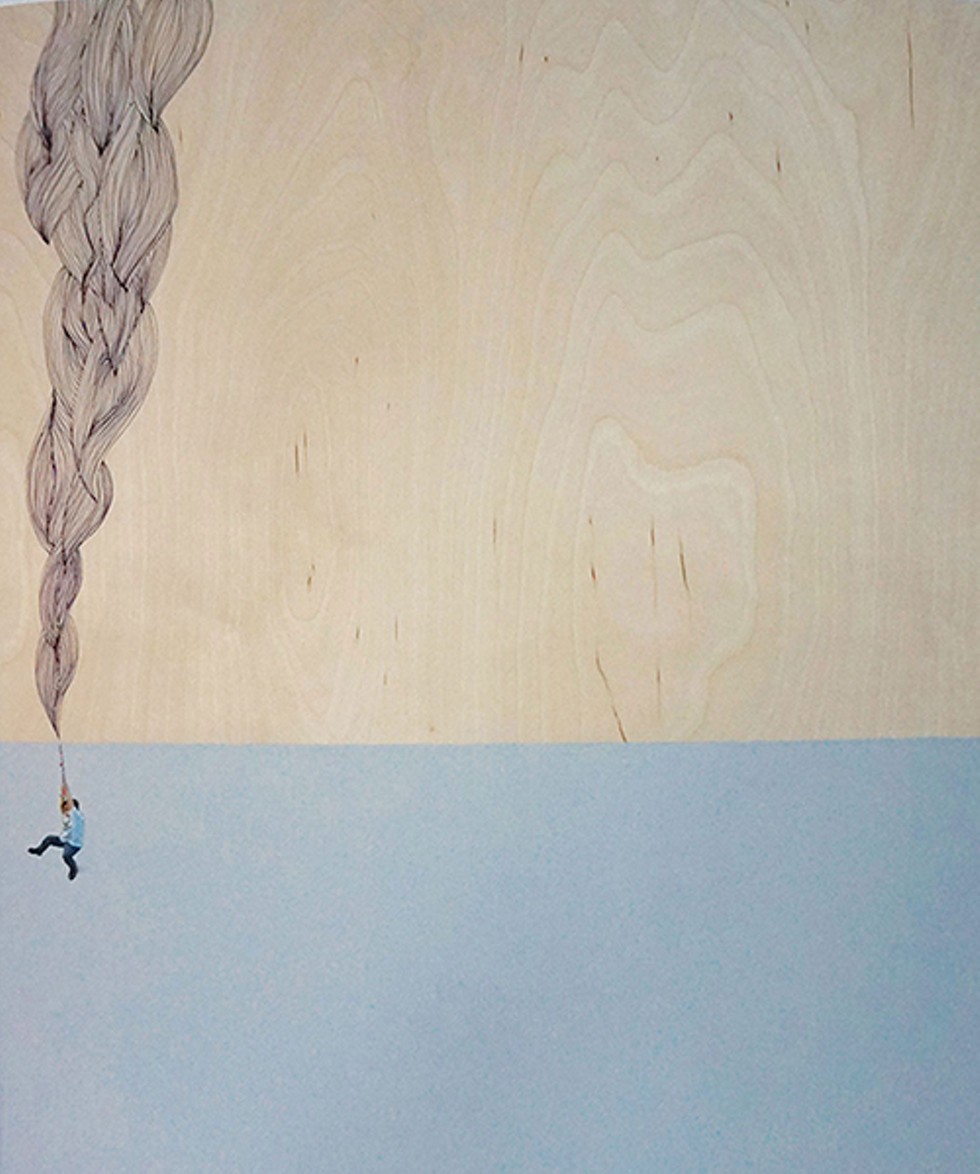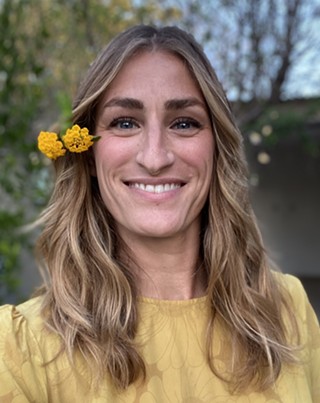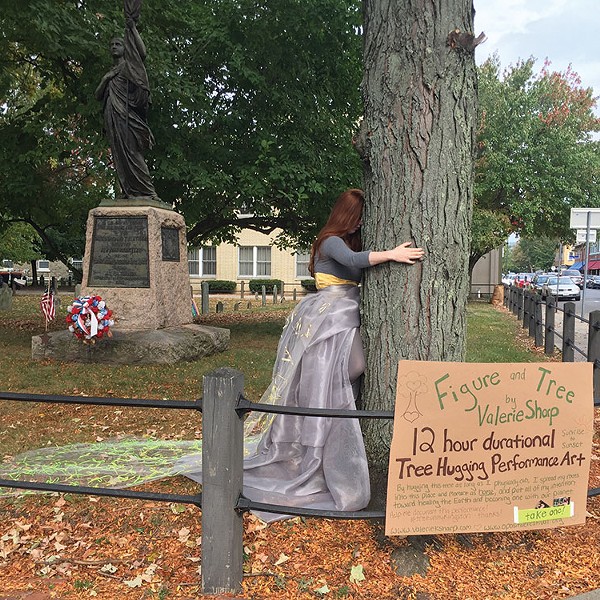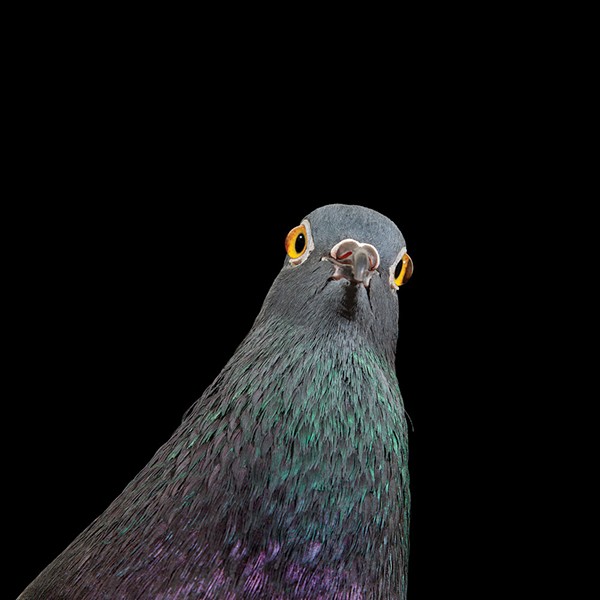Three months after Margot Kingon married, she and her husband bought a house in the Beacon area and moved upstate in 2004. The abrupt change was hard for the lifelong New Yorker. Kingon recalls the sensation of being "ripped out of [the city] and delivered here to this place where I didn't know anybody and I didn't drive."
Though moving was an emotional trigger, being upstate is what gave Kingon the "mental and the psychic space" to make art part of her daily life. "When my son was born, I would put him to bed every night. I had a solid hour of time where all I was doing was thinking. A lot of my ideas born out of those daily moments; they gave me peace of mind that I wasn't getting in the city."
Growing up in Manhattan in the 1970s, Margot Kingon was constantly aware of the danger around her. "The city was not a safe place to be. I didn't have those moments of innocent wandering like my son does. I see his relaxed posture, his joy in jumping off things, and I think, 'What an amazing way to walk through world: to be curious without fear.'"
Kingon's paintings are an attempt to reconcile her admiration for this wide-eyed openness with her nagging fear of the unknown. The self-proclaimed thread of her work is: "What does the monster look like?" Her pieces, made on wood off-cuts from a friend's furniture warehouse, are compositions of matte latex paint, intricately handdrawn elements, and a boy.
The boy is Kingon's son, Jameson, whom she photographs and pastes onto the paintings. In Kingon's paintings, Jameson serves as an anonymous embodiment of innocence. The drawn elements represent Kingon's monster, "the nebulous, unnameable creature, the entanglement or chaos that may look like friendly or fun, but also has an element of foreboding or discomfort," says Kingon.
Eleven years into this artistic exploration, Jameson is no longer a baby. Wistfully, Kingon explains, "When [your child is] really little, there is this sense that they are just an extension of you. You have full access to their body. You feed them and clothe them. You have this ownership because you are responsible for them in every way. As they get older that starts to separate. In last year or so, I've started to have this realization that his body is not mine anymore."
Kingon must deal with the reality of Jameson's aging both as a mother and an artist. "In terms of my art, he doesn't serve same function for me," she says. "I am at a crossroads. I may have to stop using him and either go in completely different direction, or start using me.
"I've been using him as a mask for me for years," says Kingon. "Maybe it's time to stop fucking around. It feels like it's been a long time coming, like the moment of reckoning almost."
















